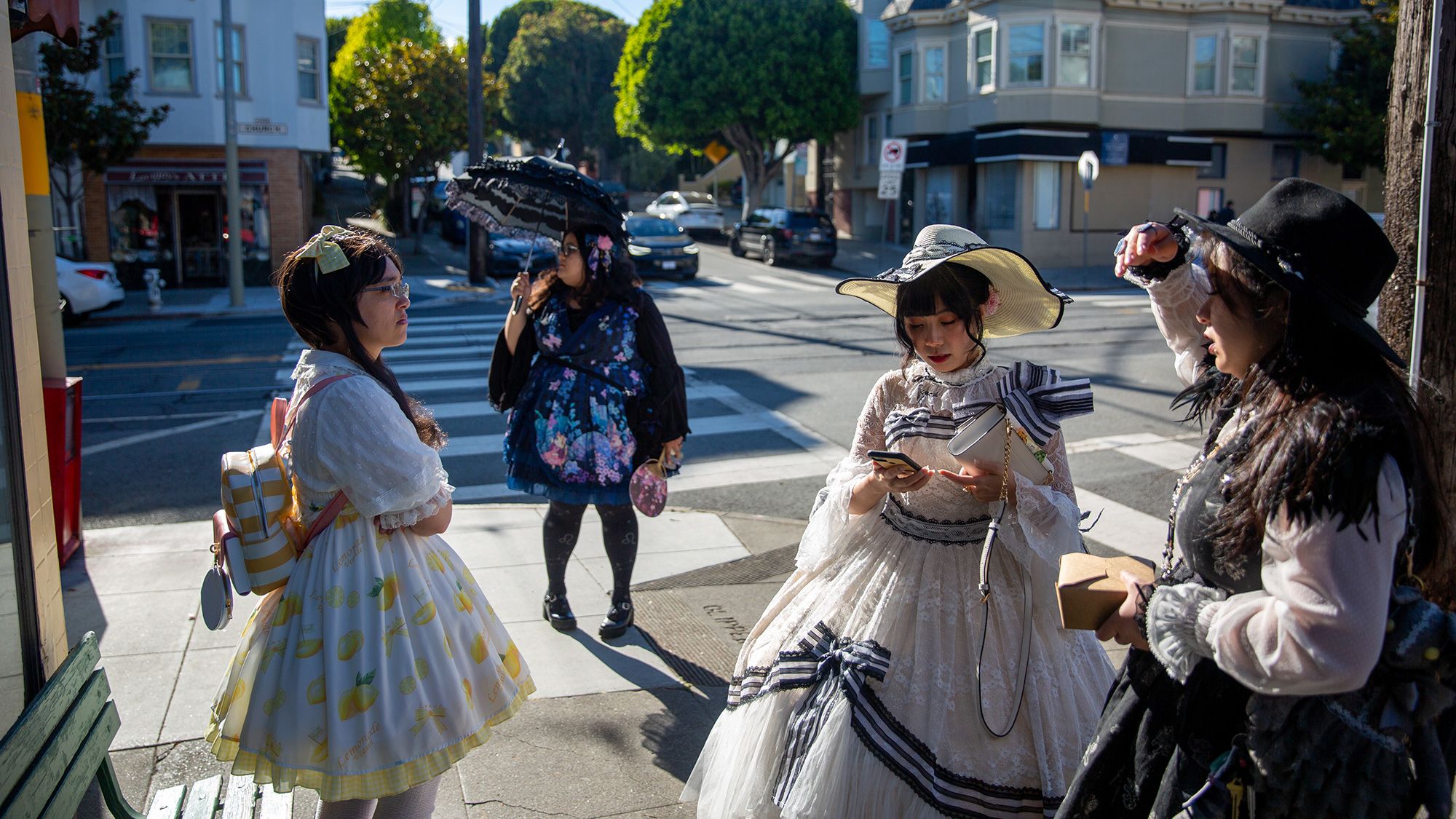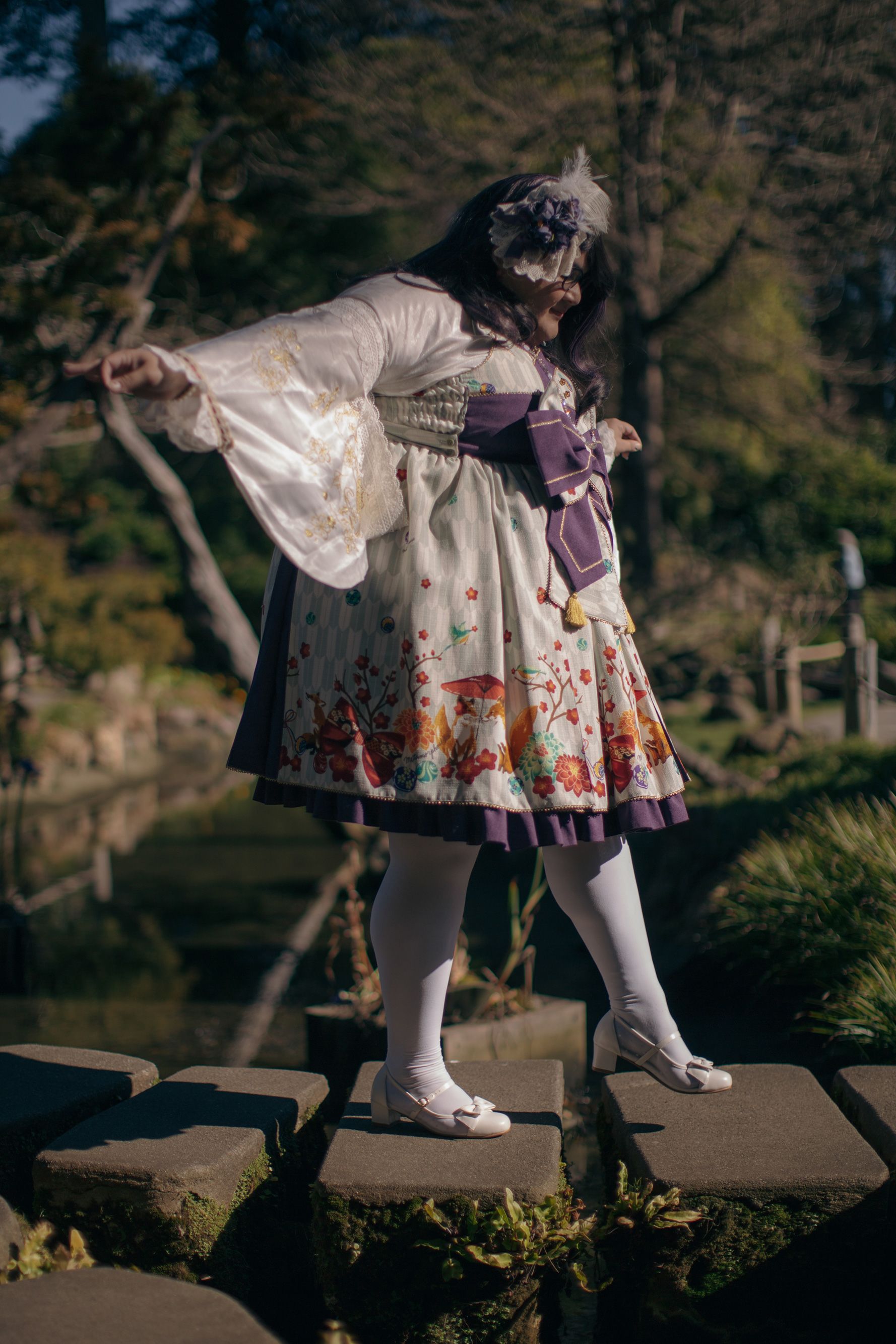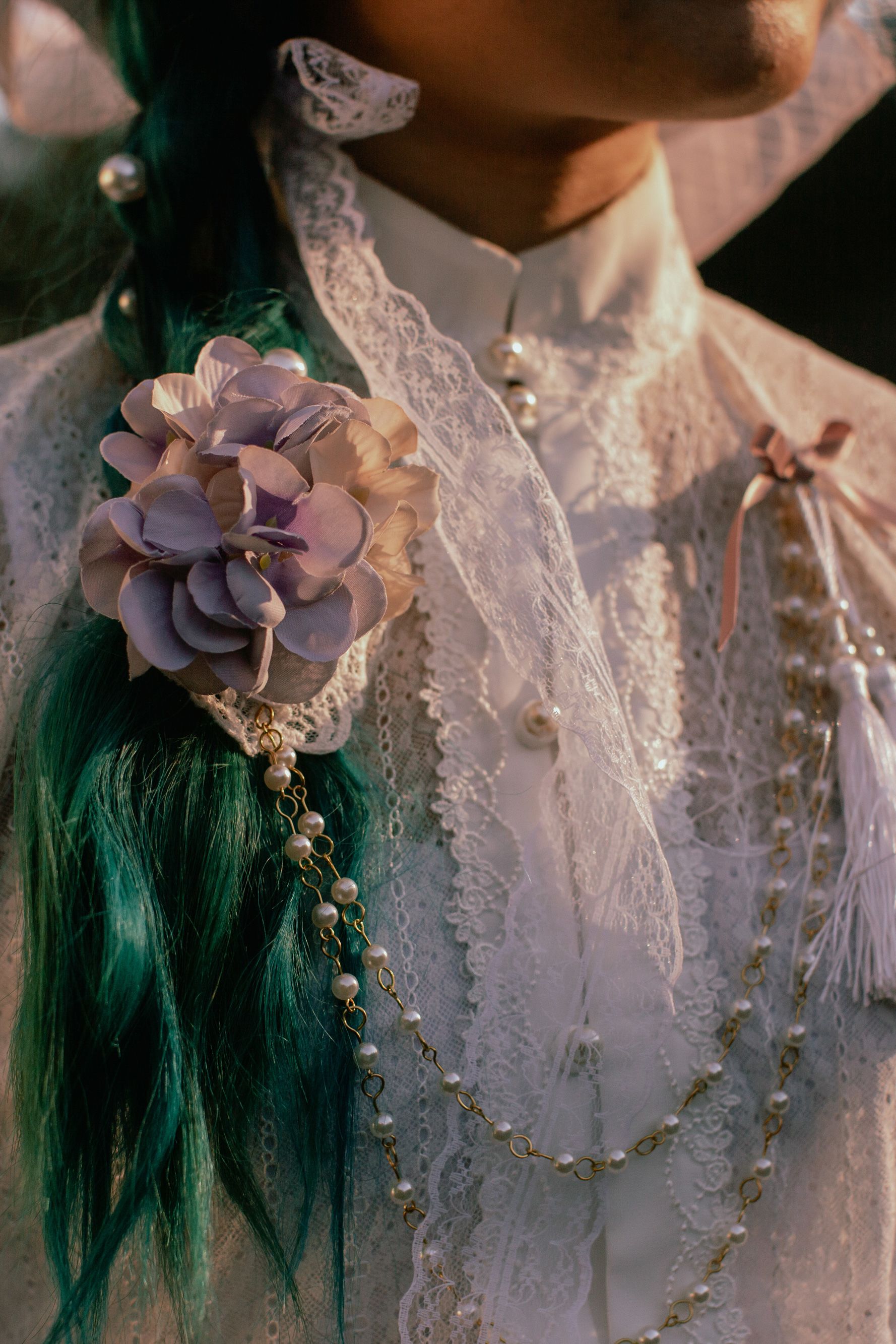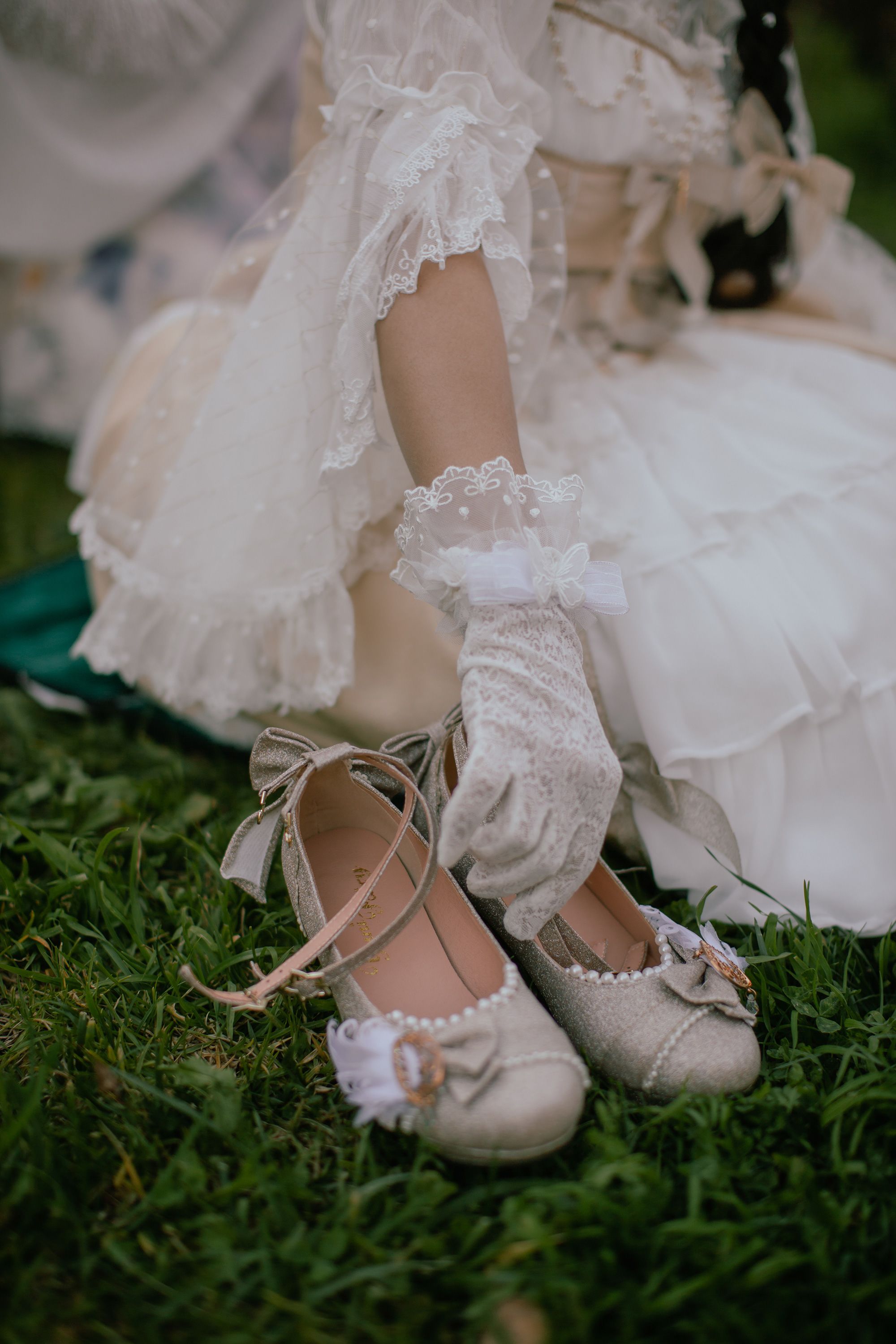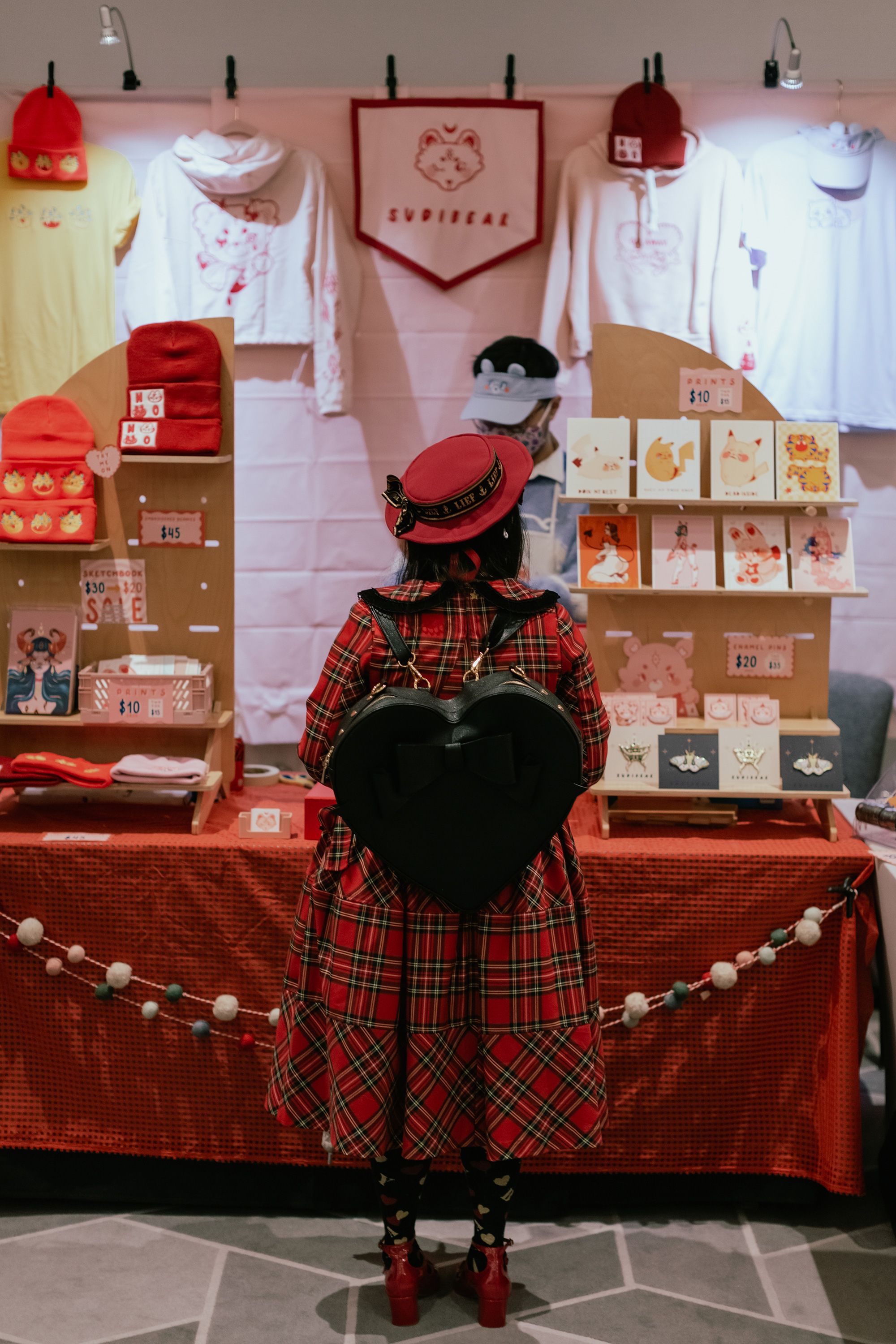Ella hadn’t found a style that felt like her until a Lolita waltzed into her workplace in California’s Bay Area.
Not a “Lolita” in the Nabokovian sense, the woman was an adult dressed in Lolita fashion, a style of dress popularized in Japan in the mid-1990s and informed by the Victorian era and ornate Rococo art movement. The typical Lolita coord is unabashedly feminine, consisting of petticoats, ruffly layered dresses and delicate accessories.
Ella was transported. She’d grown up reading shōjo manga, or “girls’ comics,” and drawing art based on the Japanese countercultural styles she saw within them — the clothes, she assumed, were “very cute but unattainable” in America. She was fascinated by makeup but didn’t see herself in the “mature” looks championed by American media.
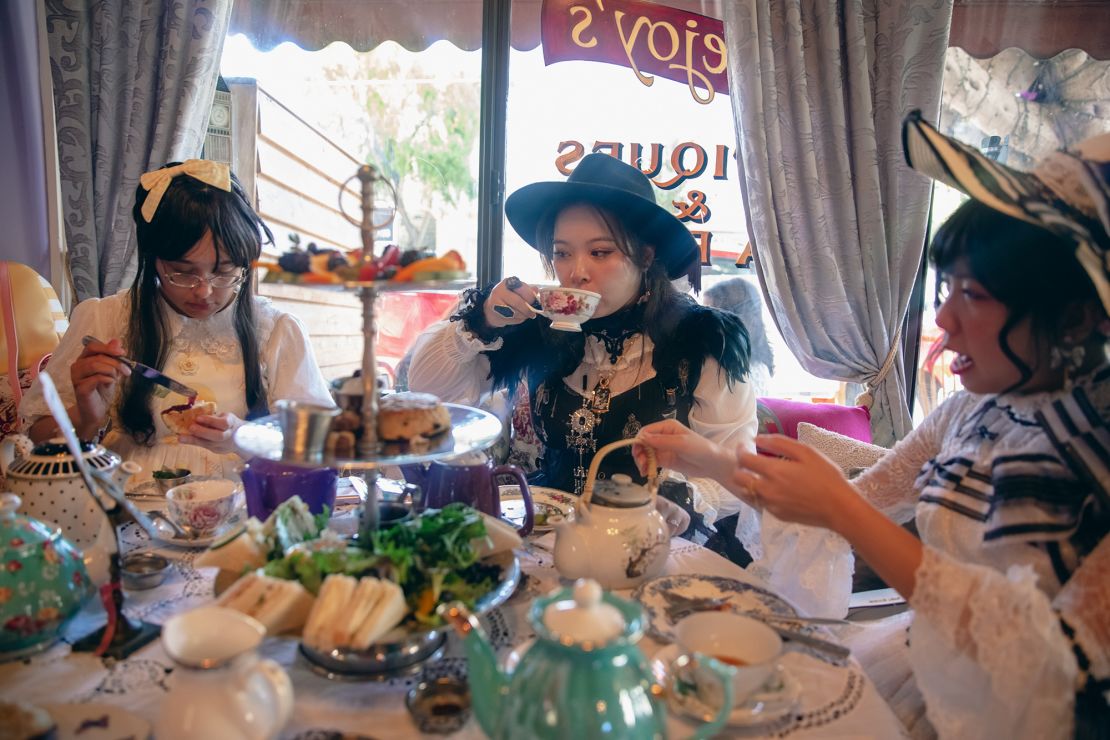
(CNN is referring to Ella by her first name only, as Lolitas can be harassed online by those who misunderstand or fetishize their practise.)
Her youthful obsession realized in front of her, Ella was inspired to buy her first piece of Lolita fashion in 2015, from the popular Lolita e-tailer Angel Pretty. She started out as a “lone Lolita” — she wore the clothes, but she didn’t know any other Lolitas. Gradually, though, her friends started to join her, and she’s since found a community of like-minded Lolitas who love dressing up and being together, organizing outdoor tea parties as well as trips to wineries, pumpkin patches and on shopping sprees to look for more gowns to add to their collection. Now, she’s one of the group’s veterans.
She’s not alone: As the Lolita subculture expanded beyond Japan’s vibrant streetwear scene, it’s found fans the world over, across the Asian diaspora and beyond. The US Lolita scene is one of the world’s largest, wrote Michelle Liu Carriger, an assistant professor at UCLA’s School of Theater, Film and Television, in a journal article on gothic Lolita style. It has grown into an “army of misfit girl aristocrats,” she wrote.
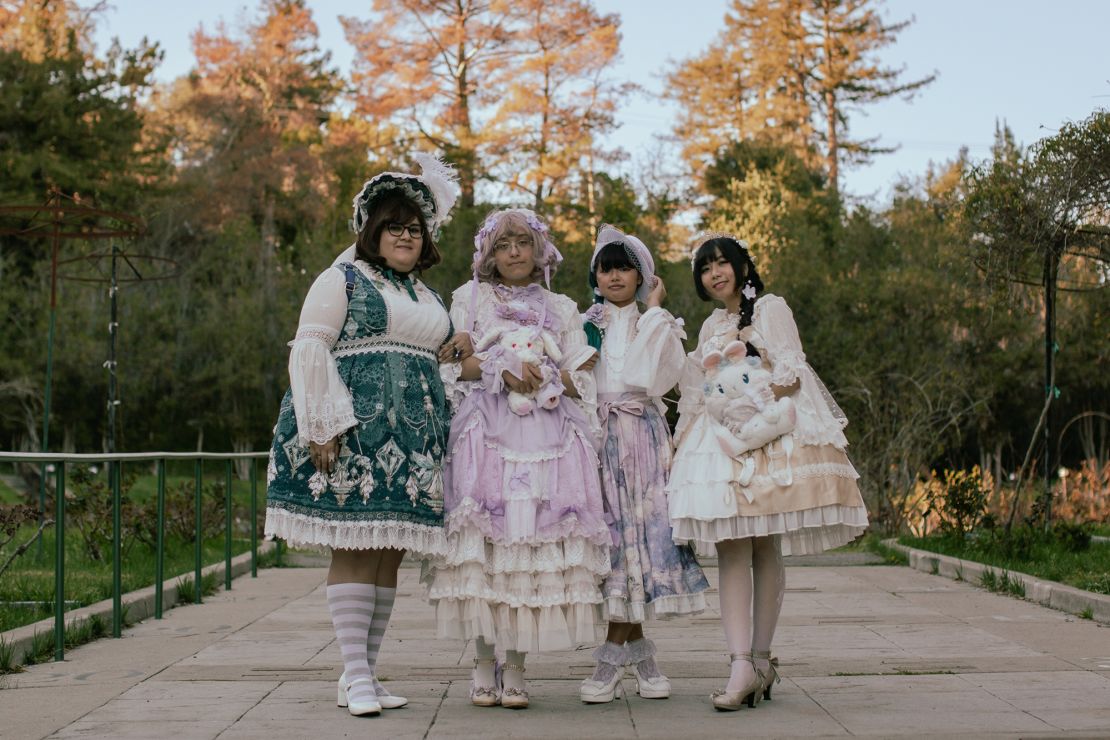
Lolita fashion, and its name, explained
The style is often misunderstood due to its title. While Lolita style is named after Vladimir Nabokov’s eponymous teen in the controversial 1955 novel, the overlap ends there. (Due to the novel’s infamy, the term “Lolita” is widely read as a synonym or descriptor for a sexualized teenager; many Lolitas contend with censorship on social platforms and harassment from those outside the community who misunderstand their intentions because of the word.)
Masafumi Monden, a lecturer at the University of Sydney in Australia who studies Japanese culture and dress, said that the “Lolita” name serves instead to “encapsulate that in-between phase from childhood to maturity.”
Lolita fashion plates embrace youthful femininity through petticoats, ruffles and lace and voluminous jumperskirts (sleeveless dresses typically worn over a flouncy blouse). The style’s refusal to subscribe to norms of what “mature femininity” looks like for adults — people in their late teens, 20s, 30s and beyond wear Lolita clothing — makes Lolita fashion a subversive form of self-expression, Monden said.
It draws inspiration from sources spanning centuries and continents. Among them is Marie Antoinette and her penchant for extravagant, ultra-feminine fashions, along with mid-century “French lolitas” like Brigitte Bardot and the British-born Jane Birkin, a model and actress embraced by French audiences for her New Wave films, Monden said. Even 1950s-style American prom dresses, with their extravagant skirts and bodices, influence contemporary Lolita fashion, he said.
“Lolita style challenges the prevalent notion that women dress primarily to attract men,” Monden said. “It serves as a clear statement that they dress for their own satisfaction and to express their unique aesthetic.”
Though contemporary Lolitas adopt some of the aesthetics of periods in which women had far less agency, they do so to “declare their independence from contemporary regimes” of societal norms,” Liu Carriger wrote in her paper.
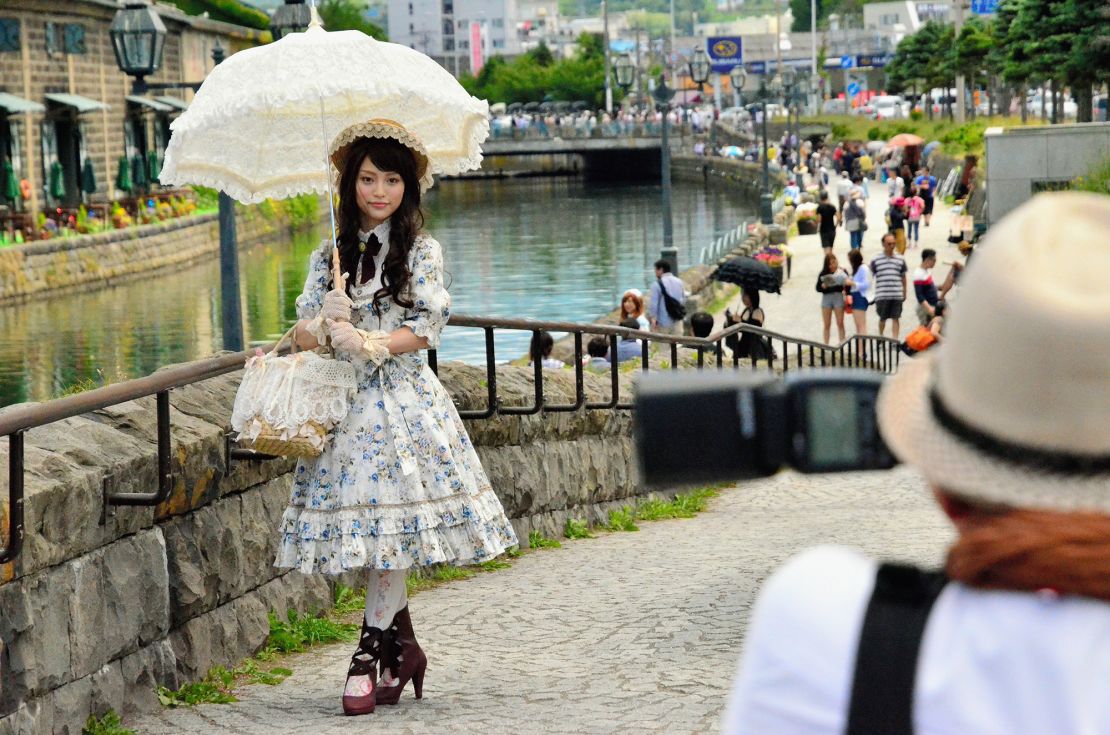
Where Lolita fashion came from, and when it started
Lolita style originated in Japan’s vibrant streetwear scene, Monden said. Its seeds were planted in the ‘70s and ‘80s, with the founding of Japanese ateliers like Milk, Pink House and even Comme des Garçon, which shared a “romantic, girlish aesthetic” that proved influential, he said.
The 1990s saw the emergence of Visual Kei, a Japanese music genre whose performers donned elaborate costumes and hair and makeup, often nodding to historical fashions. Fans of Visual Kei bands dressed up in ornate, gothic looks in turn to emulate their idols — a precursor to what Lolita would become, Monden said.
And the Harajuku neighborhood of Tokyo, which became a popular destination for Japanese youth whose style strayed outside the mainstream, was a place where burgeoning Lolitas met, inspired each other and were photographed. Their looks were broadcast across the world, online and in publications like Fruits, a seminal fashion and culture magazine that introduced Japanese street style to Western audiences.
Beyond Japan, the popularity of the country’s cultural exports, particularly anime and cosplay, has attracted non-Japanese people to the style of dress, Monden said. But Lolita fashion followers don’t consider the style a form of cosplay, Liu Carriger wrote in her paper — cosplay involves dressing up as another character, while Lolitas are wearing clothes that reflect their true selves.
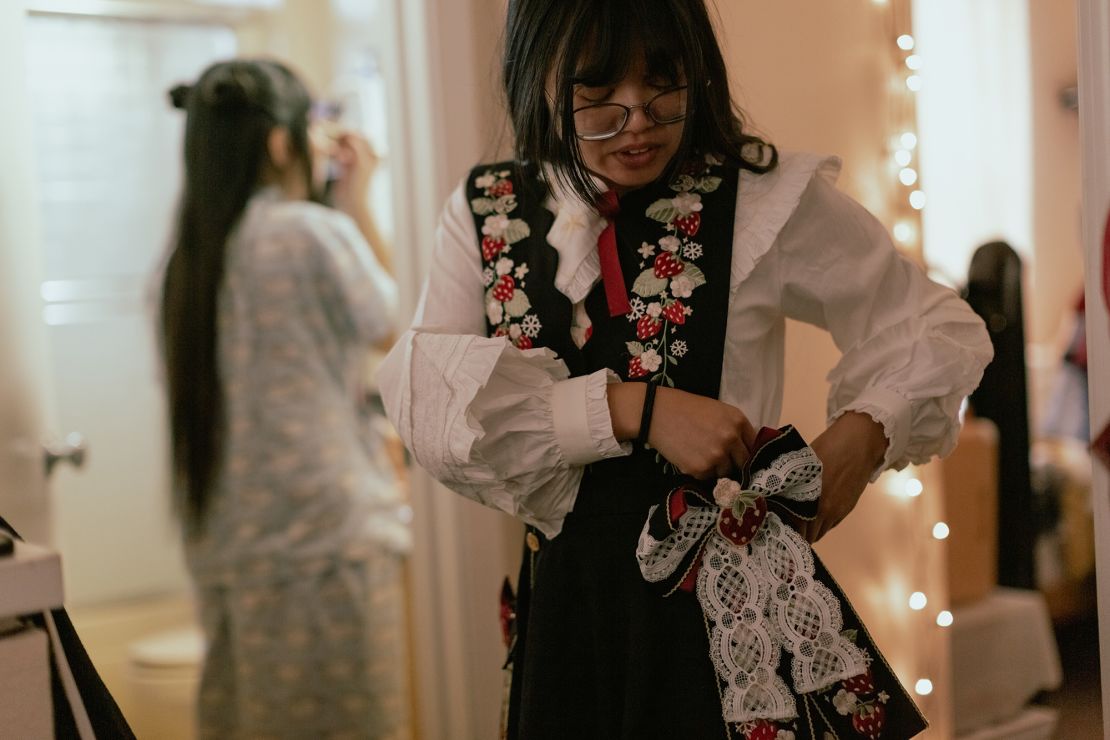
Different types of Lolita style
There is no “one” way to dress Lolita, though there are a few essential items that comprise almost every Lolita outfit, Ella said. Petticoats add volume to delicate skirts, often adorned in lace and bows. Some Lolitas might even wear bloomers in another nod to the Victorian era.
Everything about a Lolita look is carefully thought out, Ella explained: From the perfect socks for a pair of pink Mary-Jane heels, to the straw hat or pink-ribboned bonnet that will best accentuate their dress for the day, each garment, accessory and cosmetic choice matters.
There are even variations within the Lolita style based on a Lolita’s preferences: There’s the classic Lolita look — think petticoats, balloon-sleeved blouses, darling accessories like parasols. Sweet Lolita is perhaps the frilliest of the Lolita substyles, whose dressers take classic Lolita up a notch with more bows, more ruffles and even more delicate pastels. And Gothic Lolita casts the same frill-laden ensembles in darker hues, blending Lolita femininity with a rebellious streak; a Gothic Lolita wearer might switch up the pink color palette for shades of deep purple or black, for example.
Ella says her personal Lolita style is a blend of classic and sweet, with a healthy dose of prints and patterns. When she feels like stepping out in black, she’ll pull one of the few gothic Lolita dresses in her closet.
But coordinating gloves and shoes with blouses and skirts involves more planning than a typical ensemble, so Ella said she doesn’t dress up every day — describing her aesthetic otherwise as Bay Area athleisure.
“Sometimes I just want to wear something comfy,” she said.
